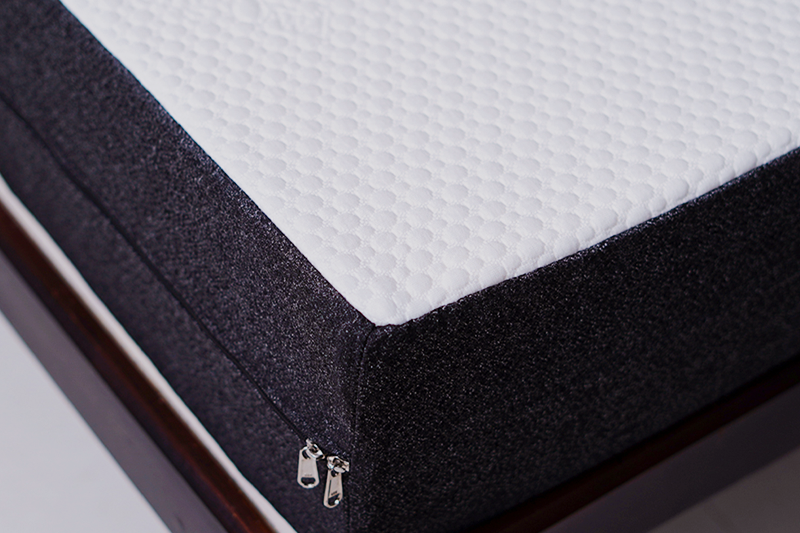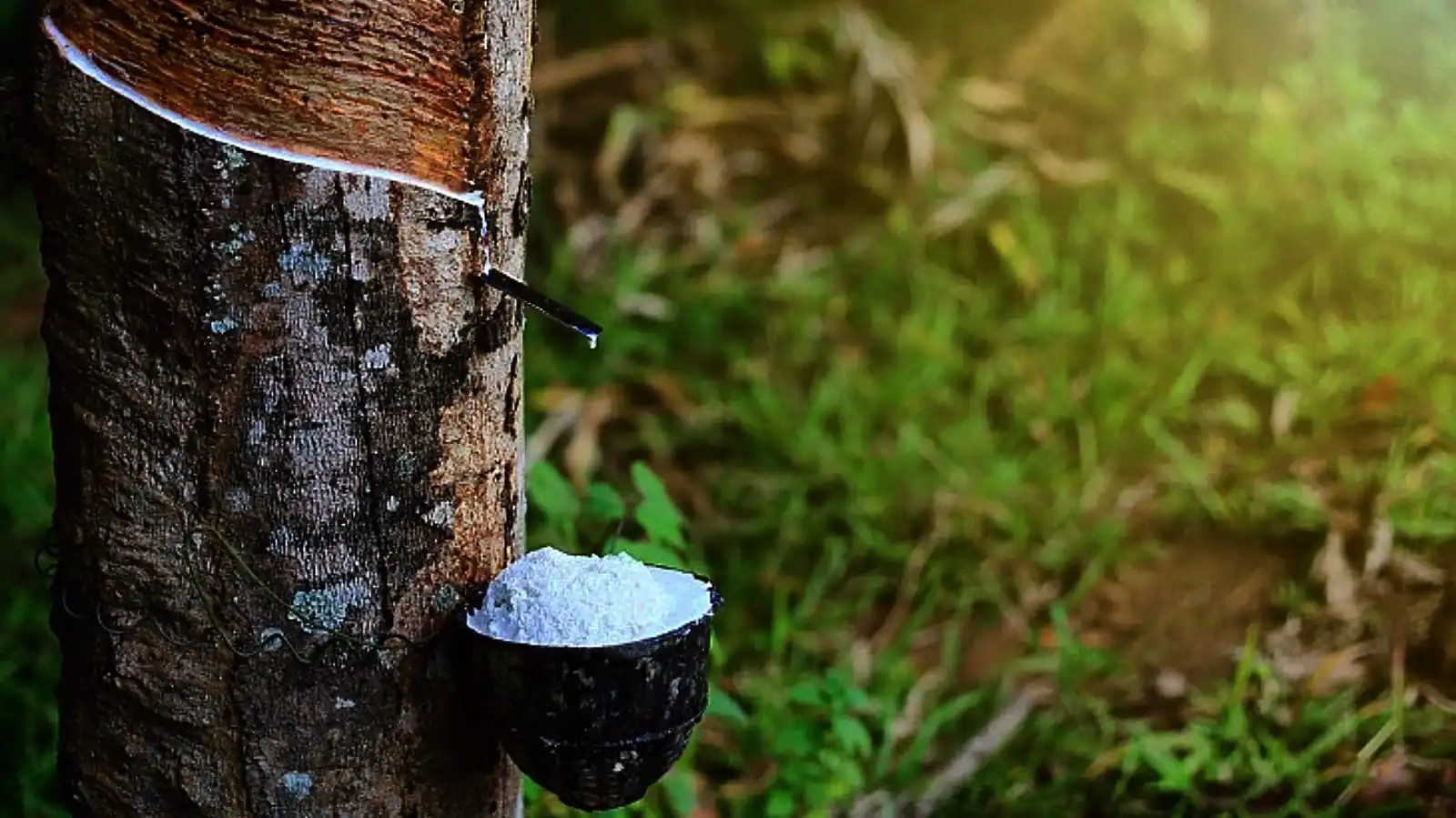A high-quality supportive mattress supports your body through thick and thin and takes you through life’s stages. A supportive mattress allows you to wake up feeling refreshed and the mattress holds your body in sleep.
Furthermore, the stronger the supporting function of your mattress, the better it is for your general physiological health. While sleeping, your entire body needs time and a proper position to recuperate and revitalize.
A proper posture while sleeping, sitting, or working out is crucial for long-term health, regardless of whether the body is well or sick. .
Key Role Of Mattress Thickness
Because the mattress must endure a long time and support your body as well as it did on day one, the proper mattress thickness is critical. Mattress thickness is also strongly related to comfort and overall support. A sinking or too contoured mattress may not be suitable for some persons.
That is why mattress thickness and total material density are critical for support. The thickness of a 4-inch latex mattress, designed for optimal comfort and support, helps to support your body while also providing comfort.
However, the extra thickness isn’t good for your body or comfort, especially if the materials used are of poor quality.
Depending on the purpose, the comfort and support layers have varying thicknesses and densities. Mattress manufacturers concentrate on developing products that are comfortable for your body and support the functionality and purpose of different layers working together.
As a result, 4-inch latex mattresses with several layers and high-density materials are most suited for long-term usage, and the thickness element is the icing on the cake.
The comfort and support layers work together to create each mattress’s sleeping experience and contribute the most to mattress thickness.

Role Of Thickness In Comfort and Support Layers
Now that you understand how the comfort and support layers operate for your body and the mattress, consider how thick they are. Furthermore, the comfort and support layers may have many stacks or layers of even thinner foam layers piled together.
The comfort layer, for example, may consist of two or three layers of memory foam or PU foam piled together as one layer to provide stronger support and may occupy up to two or three inches of a six-inch thick mattress.
The thickness of both the comfort and support layers can vary greatly depending on the manufacture and purpose of the mattress.
As a result, 4 inch thick mattresses provide more comfort or contouring have softer or thinner levels of support layers than best mattresses that provide more support. The density and thickness of the comfort and support layers influence how your body responds.
A thinner comfort layer would enable your body to sink into the mattress or allow you to move about more freely. A smaller comfort layer, on the other hand, suggests that the mattress will rely more on the support and base/core layers for support and comfort.
The support layer, on the other hand, is typically 3-4 inches thick to provide extra bodyweight support. The materials used in support layers are often high or extremely high density, which contributes to the mattress being firm and supportive or providing more consistent body support.
So, even though the densities of the support and comfort layers differ, the thickness is critical in providing the mattress form and bodyweight support. Most mattresses are 5 inches thick on average, with a maximum thickness of 6 inches.
Organic Latex Mattresses
The comfort layer of a latex foam mattress is made out of a medium-soft to medium-firm density variation of latex foam.
Furthermore, the comfort layer may include a PU foam layer in the quilting to improve the mattress’s comfort.
PU Foam enhances comfort since latex foam is more rubber-like and provides a bounce or hugging/floating sleeping feeling. In the comfort layer, a latex foam layer of up to 4 inches of medium-firm or medium-soft density latex foam may be used.
Latex foam is expensive owing to demand and sourcing because it is a natural sap derived from rubber trees. As a result, an all-latex foam mattress would be prohibitively costly.
As a result, it is used in the comfort layer of latex foam mattresses and other hybrid innerspring mattresses.
It is seldom utilized in the support layer, however, these variables are also affected by the density of the latex foam employed.
Latex foam may be produced in low or high density to provide a more supporting or firm resting experience, making it an excellent choice for orthopedic usage. In most situations, a 2-3 inch layer of latex foam performs its purpose and lasts for years, if not a decade, giving the mattress its lifespan and shape.
The Bottom Line
The thickness of a mattress is equally as significant as the type of mattress. While most mattresses are in the 6-8 inch thickness range, particular requirements and construction might cause this element to increase or decrease.
The appropriate thickness for most mattresses, as well as the common desire, is between 7-8 inches, and a thicker mattress is always preferable to one that is just 5-6 inches thick.
In 7-8 inch thick mattresses, the comfort layer is normally 3 or 4 inches thick, while the support layer is 3-5 inches thick. These combinations are suitable for the majority of people, making this mattress thickness the ideal option.
Unless you have orthopedic or other requirements, such as custom or hospitality beds, most mattresses should be less than 8-10 inches thick. The recommended thickness for orthopedic or hotel mattresses is between 10 and 12 inches and varies based on the hotel chain and population. Thickness is important, but it is secondary to getting the perfect mattress. Once you’ve found the ideal or most appropriate mattress, you may experiment with different thicknesses or order bespoke mattresses to meet your specific needs.





